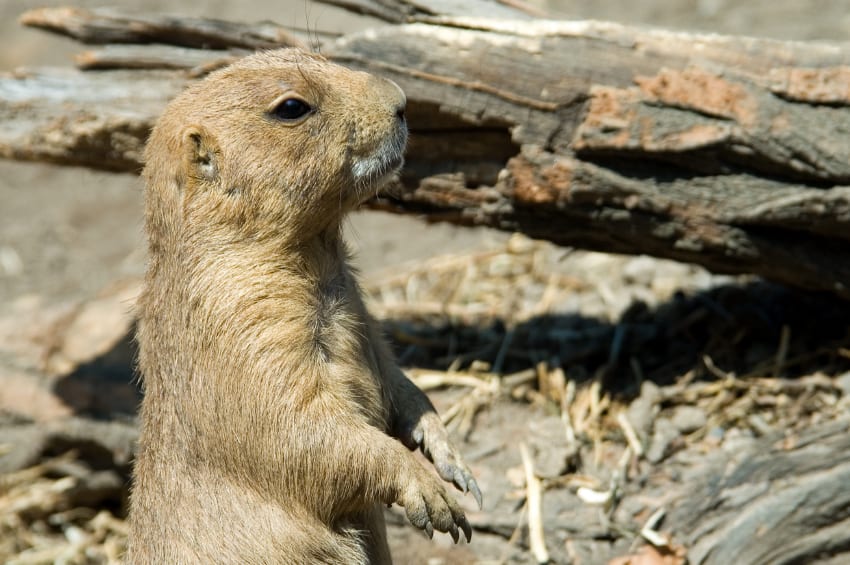For the past several decades, Groundhog Day has held a place as a legitimately celebrated holiday on the North American calendar, thanks in large part to the tradition of Punxsutawney Phil, the famous Pennsylvania groundhog.
Over the past 125 years, since 1887, on Feb. 2 Phil has predicted the weather for the second half of the winter, according to folklore and his handlers of the Punxsutawney Groundhog Club.
Why is Feb. 2 celebrated as Groundhog Day?
Feb. 2 has been celebrated for centuries as Candlemas Day, one of the traditional religious Feast Days. The date marks the general midpoint between the winter solstice and the vernal equinox, or the first day of winter and the first day of spring. According to traditional verses from England, Scotland and Germany, if the day was sunny, six more weeks of cold and stormy weather lay ahead. On the other hand, a cloudy or stormy Candlemas Day signaled an early spring.
As the Candlemas traditions made their way into Germany centuries ago, inhabitants there began to associate them with the shadows that hedgehogs, mammals native to the area, threw on Feb. 2. When Germans began settling in Pennsylvania in the 1700s and 1800s, they started watching the native-born groundhog, a mammal similar to the hedgehog that ranged throughout North America, in order to make their midwinter predictions.
Why was the groundhog chosen?
The groundhog and its predecessor, the hedgehog, are large rodents that go into hibernation in October. These mammals naturally awaken at some point between early February and early March due to hormonal influences thought to be related to changes in sunlight as well as an urge to start the mating process. After the groundhog comes out of his den to participate in the mating process, he often goes back to sleep for another few weeks.
Why did Punxsutawney become the premier Groundhog Day site?
Punxsutawney became the center of the national Groundhog Day celebrations in the late 1800s when a local newspaper editor began promoting the animal as the premier weather prognosticator in the area. Eventually Punxsutawney Phil’s reputation spread across the nation and into Canada. Punxsutawney Phil got his name and title at that time and is today still known as “Punxsutawney Phil, Seer of Seers, Sage of Sages, Prognosticator of Prognosticators and Weather Prophet Extraordinary.”
The 1993 film “Groundhog Day” starring Bill Murray increased the visibility and popularity of the groundhog’s predictions and the town’s annual celebration, which now draws close to 40,000 to hear his pronouncement from Gobbler’s Knob at 7:25 am each Feb. 2. The event is shown live on many television morning newscasts as well as on the giant screen at One Times Square in New York City.
Since groundhogs typically live just no more than six years, it would seem that a long succession of different groundhogs has been making the predictions since the late 1880s. However, the Punxsutawney Groundhog Club and in particular its Inner Circle, the men who pull Phil from his burrow, claim that a magic elixir, the ingredients of which is known only to them, is given to Phil every year to extend his life another seven years. They say it also changes his appearance, a handy explanation for the reason he frequently looks different from one year to the next.
Is Groundhog Day celebrated only in Punxsutawney?
No. Punxsutawney isn’t the only area in Pennsylvania or in the US or Canada, for that matter, where groundhogs make predictions about the second half of winter. Pennsylvania Dutch settlers in the southeastern part of the state also watched local groundhogs closely on February 2. Other groundhogs from Ohio to Atlanta, Colorado, Ottawa and Nova Scotia as well as other locations come out of hibernation on Feb. 2 to announce whether his location will see six more weeks of winter weather.
Happy Groundhog Day!





